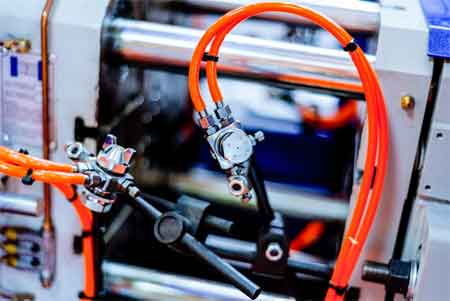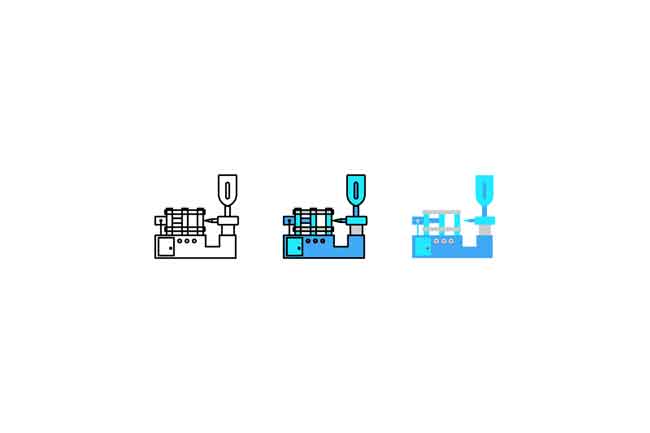Injection molding is a process that is used to mold thermoplastics or thermoset plastics into specific shapes using molds. Injection molding for plastics is analogous in many ways to die-casting for metal components.
The heated and molten plastic material is forced into a mold and allowed to cool. The part is removed from the mold after sufficient cooling. Injection molded parts are either solid or open-ended hollow shapes. The molds for creating these parts must follow specific design guidelines to facilitate the molding process and removal of the part from the mold, more helpful hints.
What Materials are Used to Make Plastic Injection Molded Parts?

There are two types of materials used in injection molded parts: thermoplastics and thermoset plastics. No matter what type of material is used, it is generally supplied in a granular or powdered format. Leftover and scrap materials from thermoplastics can be recycled, while those from thermoset plastics cannot, due to their chemical transformation during the mixing and curing process. Types of thermoplastic materials used for injection molded parts include:
- Polystyrene
- Acrylonitrile butadiene styrene (ABS)
- Polyimide
- Polypropylene
- Polyeththylene
- Polyvinyl Chloride (PVC)
Thermoset plastics consist of two or more base materials that are mixed together and then the mixture undergoes a chemical reaction to create a new material. Types of thermoset plastics used in injection molding include:
- Epoxy
- Phenolic
How are Injection Molded Plastic Parts Made?
Injection molding generally follows a standard process:
- The mold is set up for molding operations. A mold generally has two halves that are clamped or pressed together for the molding process.
- Granular or powdered plastic material is fed into a screw plunger. The plunger is heated, and melts the plastic as it travels through the plunger. The screw plunger also helps to mix different plastics together, or different base components of a thermoset plastic together to create a homogeneous blend.
- The plunger forces the molten plastic through a nozzle into the mold through gates.
- The plastic is allowed to cool within the mold. The mold can be air cooled, or be artificially cooled with water or other fluids.
- The mold is opened, and ejector pins push the part out of the mold. Ejector pin marks are often evident on injection molded parts.
- Excess material that cooled in the gates or around the parting line of the mold is trimmed away from the part, and further finishing is performed as needed.
Injection molding allows manufacturers to produce quality plastic components repeatably in a cost-efficient manner. Injection molded parts are used in nearly every industry, from toys to automobile components.
